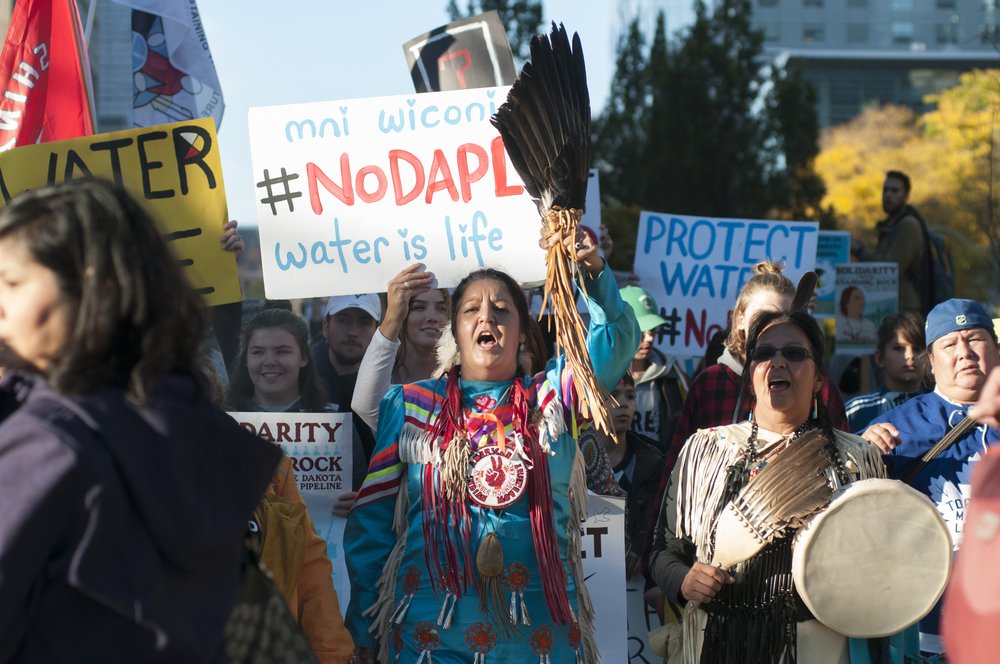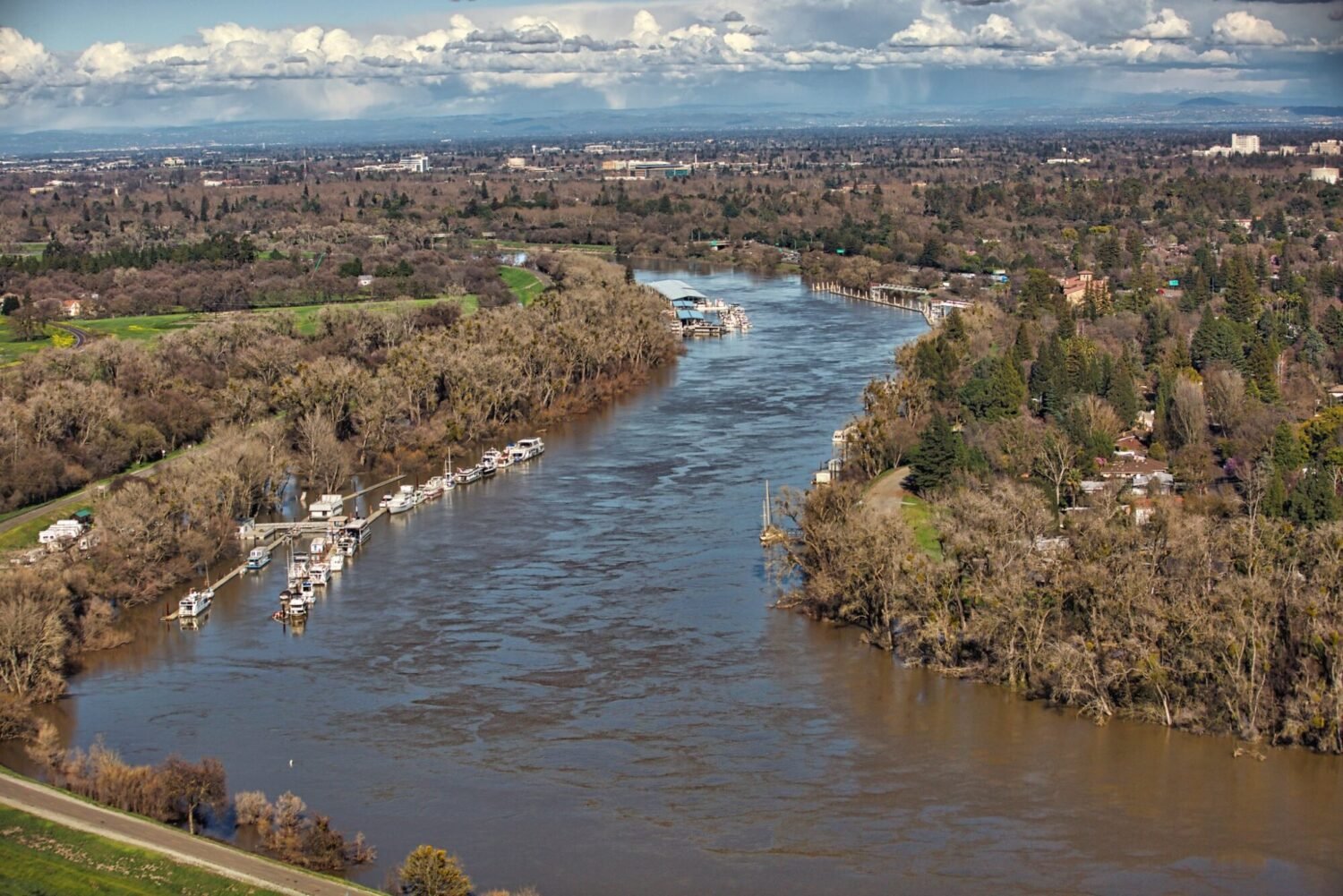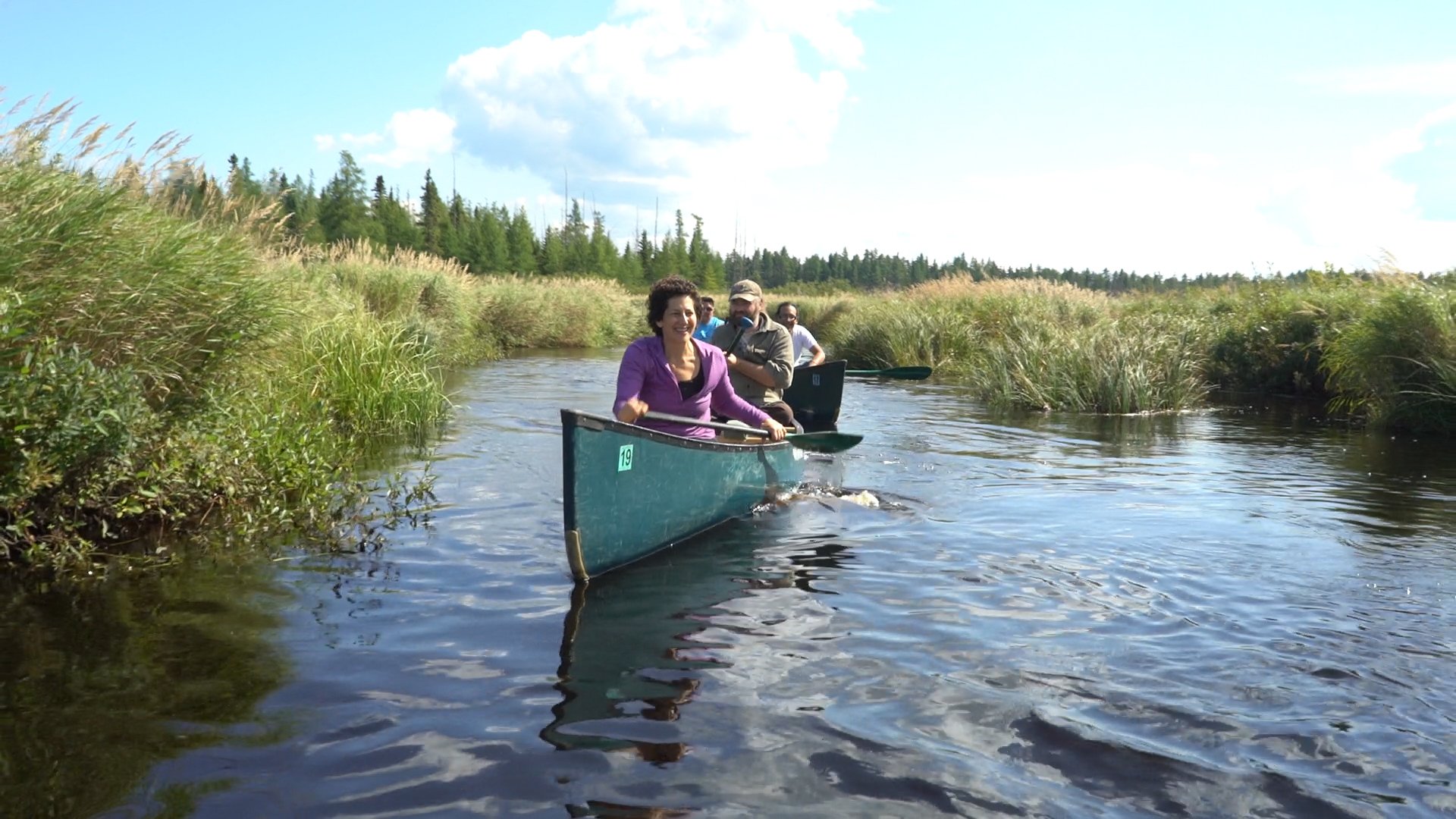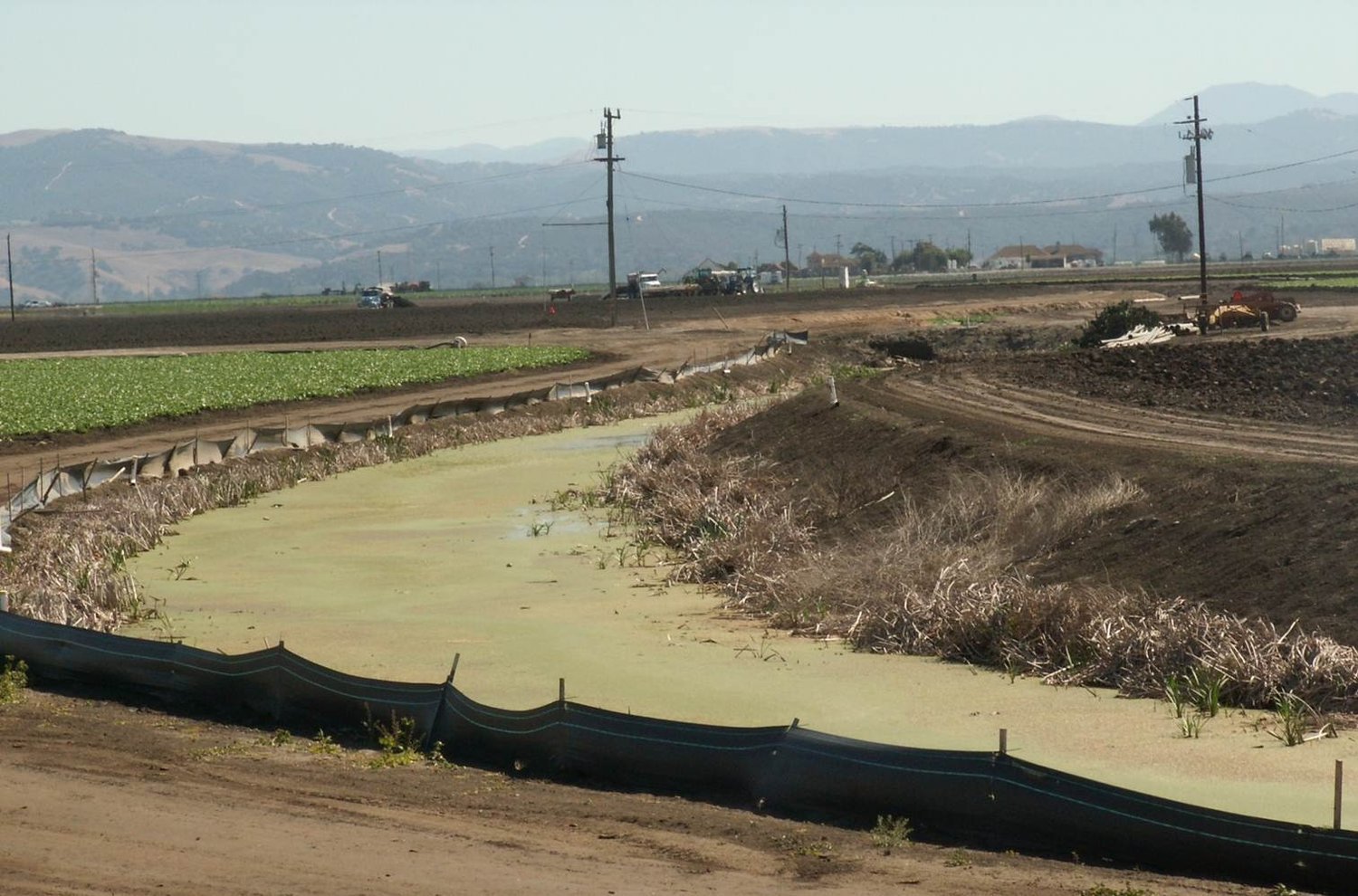Grassy Narrows First Nation Fights New Mercury Poisoning Threat
By: Teddy Basham-Witherington, Communications Director, Impact Fund
“When I was pregnant I couldn’t afford to buy food at the store, so I ate what my grandfather brought home – mostly fish… Now both my children are sick with strange illnesses, just like their cousins.”
– Sherry Fobister, Grassy Narrows resident
Grassy Narrows First Nation has already suffered one environmental disaster. Now another looms.
Sherry’s experience is one that is shared by many of the one thousand or so people who live along the Wabigoon River in Ontario: the Grassy Narrows First Nation. The people of Grassy Narrows have sustained themselves for thousands of years on their traditional territory – 2,500 square miles of forest, lakes and rivers. These indigenous people are no strangers to environmental injustice. Between 1962 and 1970 the rivers and lakes they depend on for their sustenance and livelihood were poisoned by the Reed International Paper Mill. In spite of assurances that the logging and associated activities were safe, twenty tons of mercury was dumped into the river.
So, when the people of Grassy Narrows learned that the Ontario government was planning to give the go ahead to resume clear cut logging, there was astonishment, quickly followed by the resolve to not allow the horrific mistakes of history to be repeated.
Sherry is adamant: "It distresses me greatly to know that my daughter is suffering and may suffer for her whole life because of mercury. She deserves to live a good life and be happy. That the planned clear-cut logging could make the mercury problem even worse, make my family even more ill, and deprive us and the whole Grassy Narrows community of our traditional diet of fish, scares and upsets me."
Grassy Narrows First Nation is demanding the federal government reveal the names of at least 143 of its residents who were identified at birth by federal health officials as being at risk for mercury poisoning.
Scientific research indicates that clear-cut logging in the boreal forest can raise mercury levels in local fish above the limit for safe human consumption. Many of the lakes in areas where logging will take place already face fish consumption restrictions due to the past industrial dumping of mercury. Despite this evidence, Ontario refused Grassy Narrows’ request for an environmental assessment of the impacts of clear-cut logging on the health of the community, its waterways, and its fish. The 1,200 plus page logging plan approved by Ontario does not even contain the word ‘mercury’.
After repeated attempts to convince Ontario to withdraw the clear-cut logging plan, Grassy Narrows has commenced an application for judicial review in the Ontario Divisional Court. Among other things, the application asks the Court to overturn the government’s approval of the clear-cut logging plan, and refusal to conduct an individual environmental assessment of the mercury impacts of the plan.
We agree that the members of Grassy Narrows have endured far too much harm and, that’s why we have made a grant of $10,000 to support their quest for environmental justice.
For more information on the issue and to take action visit: FreeGrassy.Net.
UPDATE 01.12.17:
Mercury-tainted soil found upstream from Grassy Narrows First Nation. “There is more than enough of a smoking gun to require a full investigation,” said Gord Miller, Ontario’s former environmental commissioner and the chair of Earthroots. Read more...















